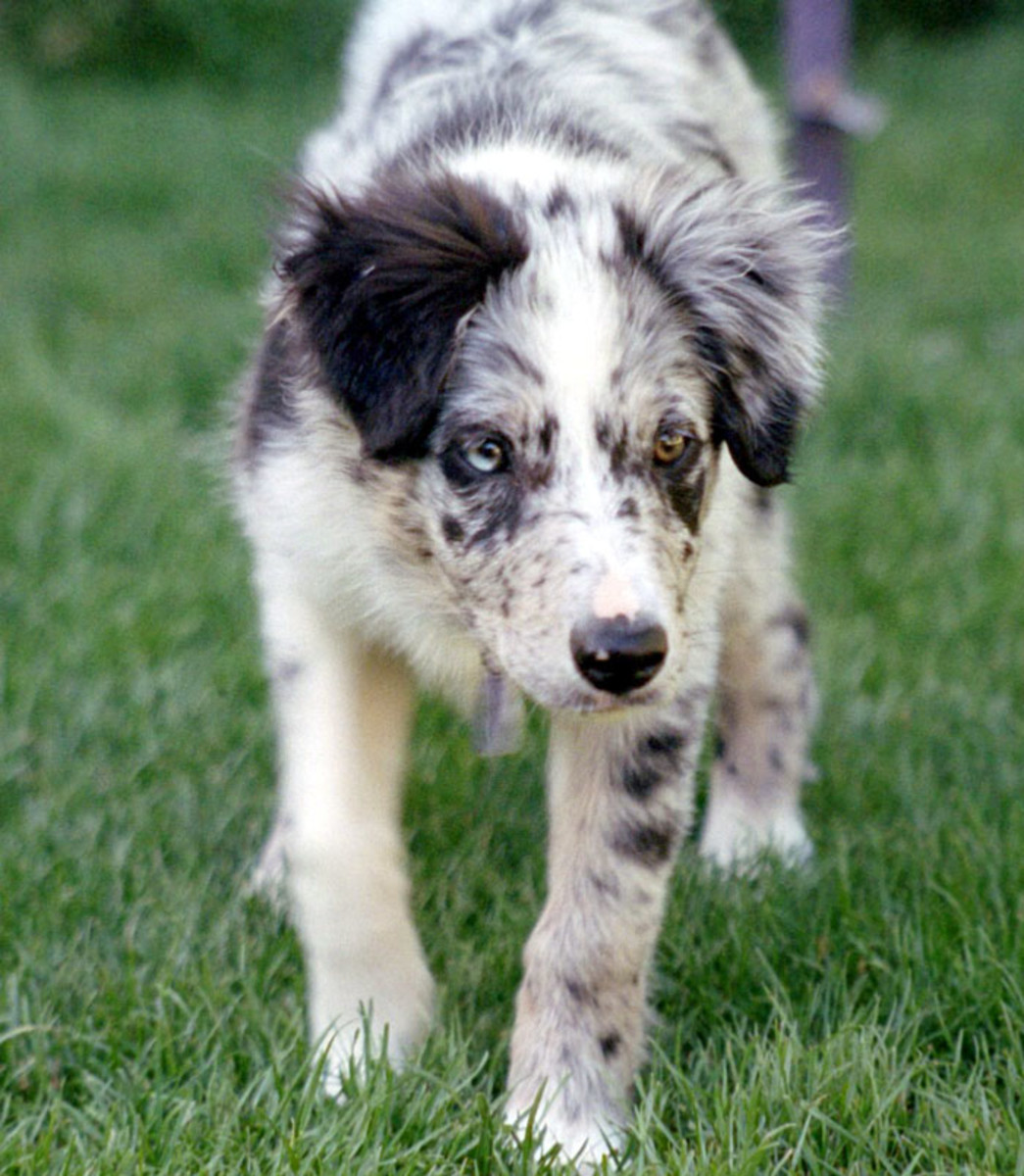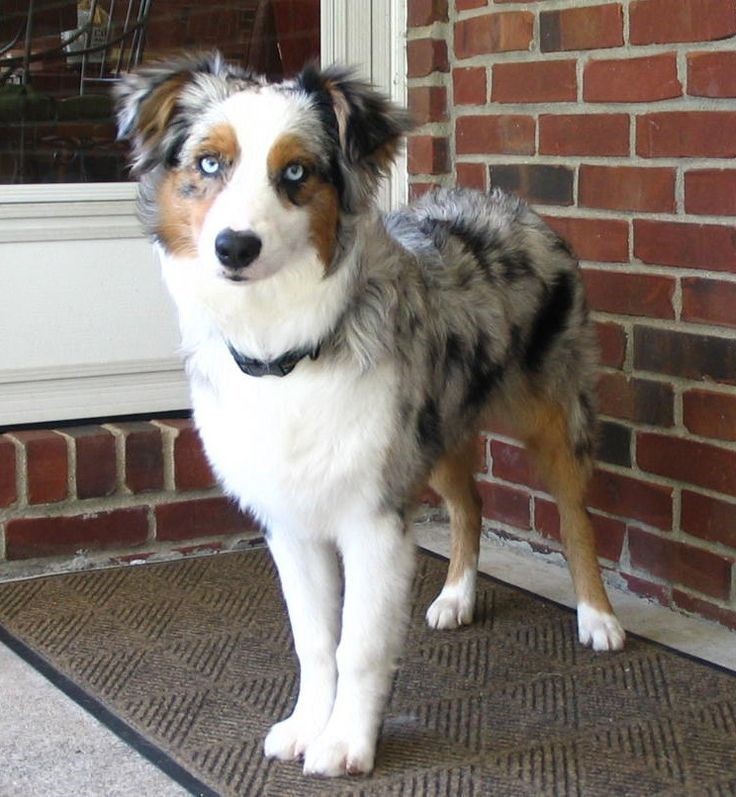The merle coat is a stunning and captivating pattern that has garnered a lot of attention in the canine world. Characterized by its mottled or marbled appearance, the merle coat can range from subtle to striking, with colors that can include blue, red, chocolate, and even lilac. This unique coat pattern is not only visually appealing but also carries a rich history intertwined with various dog breeds. As enthusiasts and pet owners seek to learn more about this distinctive trait, understanding its genetics, health implications, and breed associations becomes essential.
In the past few decades, the popularity of the merle coat has surged, making it a sought-after trait among breeders and dog lovers alike. However, with the rise in demand, it is crucial to approach the breeding of merle-coated dogs responsibly. Misunderstandings about the genetics behind the merle pattern can lead to health issues in the offspring, which is an important consideration for anyone interested in owning a dog with this striking coat. This article delves into the fascinating world of the merle coat, exploring its origins, characteristics, and the implications of breeding for this unique coat pattern.
Join us as we unravel the beauty and complexity of the merle coat, shedding light on the many questions surrounding it. From understanding how the merle pattern is inherited to exploring the best breeds that showcase this remarkable feature, there's much to discover about these beautifully marked canines.
What is a Merle Coat?
The merle coat refers to a specific coat pattern characterized by a marbled effect, which can give the impression of swirling colors. This pattern is most commonly seen in breeds like the Australian Shepherd, Dachshund, and Great Dane, among others. The merle gene affects the distribution of pigment in the coat, leading to variations that can include patches of color mixed with lighter shades or a base color.
How is the Merle Coat Inherited?
The inheritance of the merle coat is governed by a complex genetic mechanism. Merle is an incomplete dominant trait, meaning that a dog only needs one copy of the merle gene to exhibit the pattern. However, breeding two merle-coated dogs together can result in potential health risks, including congenital defects and loss of vision or hearing. Responsible breeding practices are essential to minimize these risks and promote healthy offspring.
What Breeds Typically Have a Merle Coat?
- Australian Shepherd
- Border Collie
- Dachshund
- Great Dane
- Cardigan Welsh Corgi
- Chihuahua
- Collie
Are There Health Risks Associated with the Merle Coat?
While the merle coat is undeniably beautiful, it is essential to be aware of the health risks that can accompany it. The merle gene can affect not just the coat color but also the development of certain health issues. Dogs with two copies of the merle gene are at a higher risk of developing severe congenital problems, including:
- Deafness
- Vision problems
- Other organ anomalies
How Can One Identify a Merle Coat?
Identifying a merle coat is relatively straightforward due to its distinct pattern. Here are some characteristics to look for:
- Mottled or marbled appearance
- Variation in color intensity across the coat
- Random patches of color against a lighter base
What is the Appeal of the Merle Coat?
The allure of the merle coat is not just in its appearance; it also carries a sense of uniqueness and individuality. Many dog owners are drawn to merle-coated dogs due to their striking looks and the varying patterns that ensure no two dogs are exactly alike. Additionally, the merle coat often becomes a conversation starter, allowing pet owners to share their love for this unique breed.
Personal Details and Bio Data of Merle Coat Breeds
| Breed | Origin | Size | Temperament |
|---|---|---|---|
| Australian Shepherd | United States | Medium | Intelligent, Energetic |
| Dachshund | Germany | Small | Curious, Playful |
| Great Dane | Germany | Giant | Gentle, Friendly |
Can You Find Merle Coats in Mixed Breeds?
Yes, merle coats can also appear in mixed breeds, especially if one of the parent breeds carries the merle gene. However, the unpredictability of mixed breed genetics means that the appearance of the merle pattern can vary significantly, making it less common than in purebred dogs. If you're considering adopting a mixed-breed dog with a merle coat, it's essential to inquire about the parent breeds and any potential health considerations.
Conclusion: Embracing the Merle Coat
The merle coat is a stunning feature that adds beauty and character to many dog breeds. While its unique appearance captures the hearts of dog lovers, it's crucial to approach breeding and ownership with a responsible mindset. By understanding the genetics and potential health implications associated with the merle coat, prospective owners can make informed decisions that promote the well-being of these remarkable animals. Whether you are drawn to the merle coat for its aesthetic appeal or the companionship it offers, embracing this unique trait can lead to a rewarding experience for both you and your furry friend.




